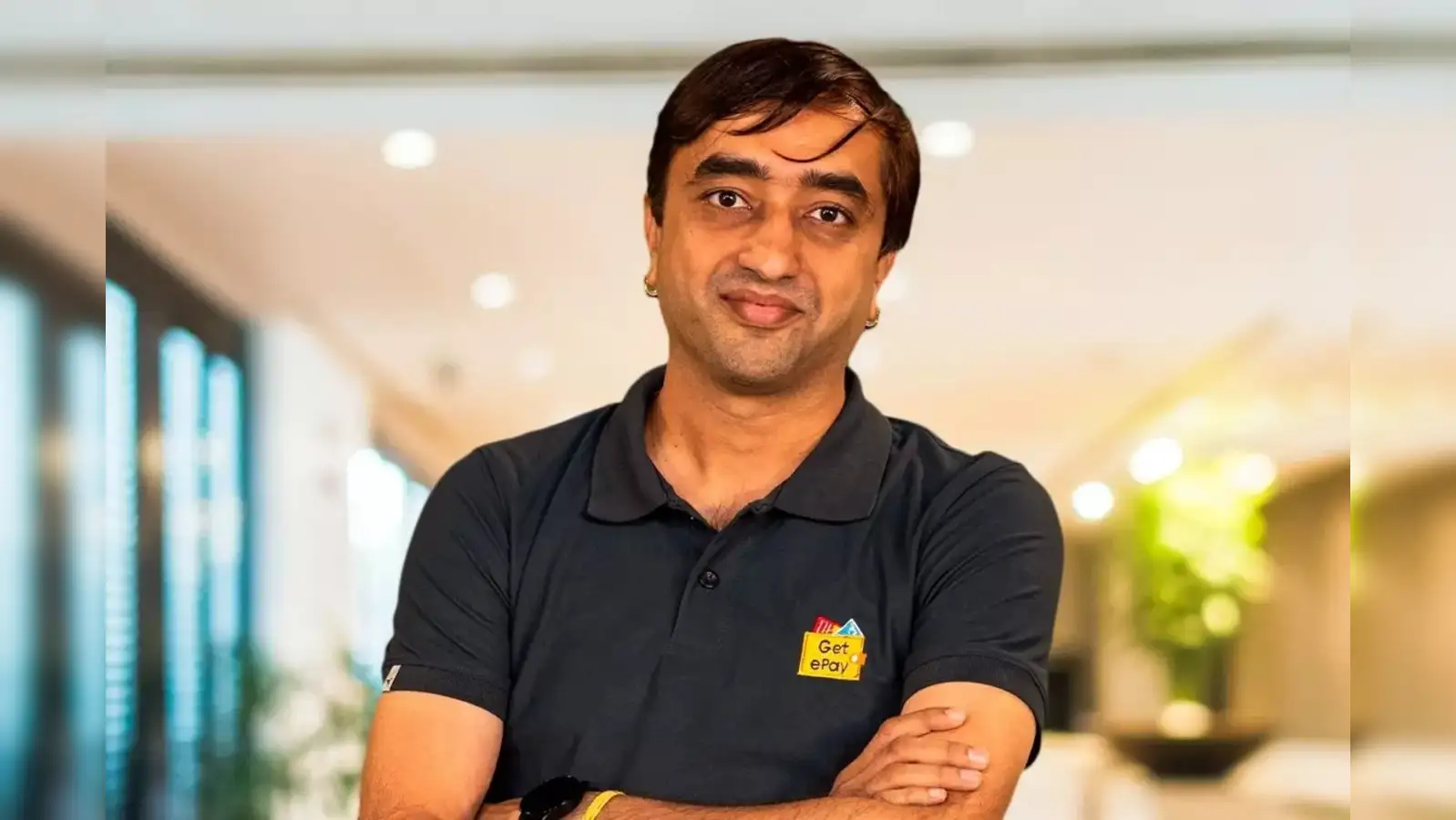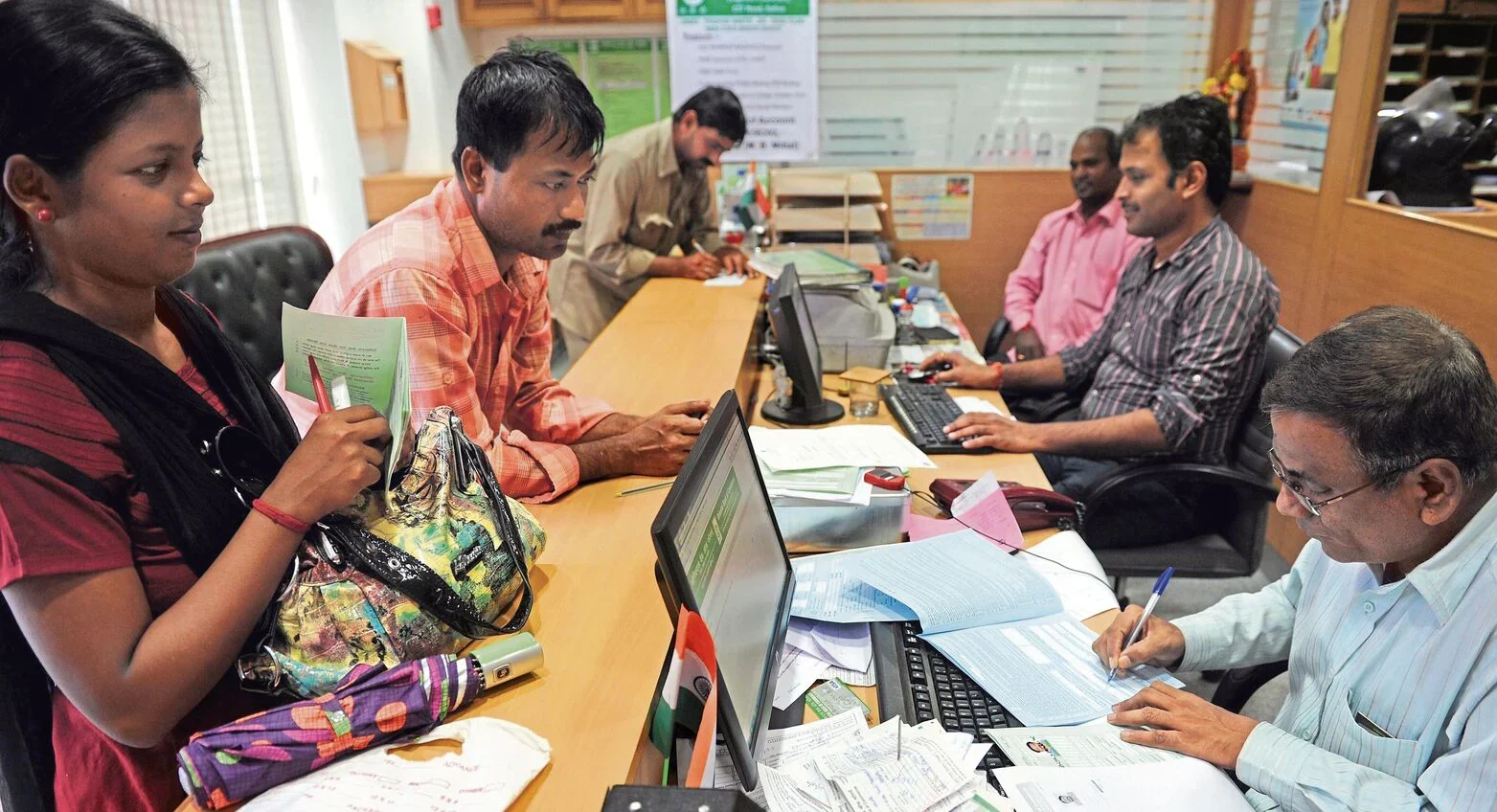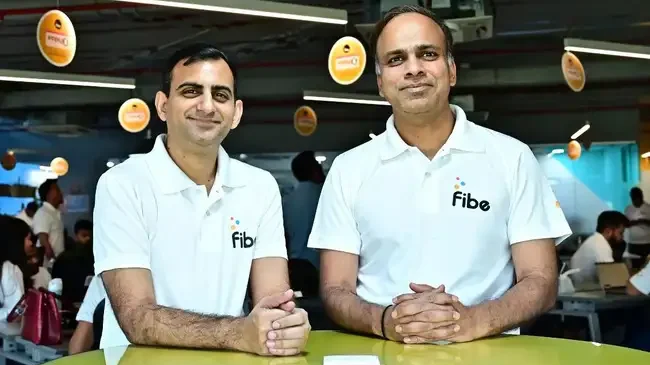Founded in 2022, House of Biryan has grown into a 22-kitchen delivery network spanning Mumbai, Delhi and Dubai, with a clear commercial target: ₹100 crore in revenue by 2026. Behind the brand are co-founders Mohammed K. Bhol and Chef Mikhail Shahani, who have built a business around a simple premise, make biryani travel well, taste consistent across geographies, and feel premium without the sticker shock.
From 2022 to 22 Kitchens: A Startup’s Quick March
From the outset, the founders oriented House of Biryan toward delivery-first economics. Cloud kitchens eliminate front-of-house costs and enable denser coverage: more neighborhoods served with shorter delivery times and tighter control of prep workflows. The expansion into Dubai this early is notable; for young Indian food brands, the Gulf is a pressure test for quality and consistency, with a demanding diaspora audience and high expectations on hygiene and service.
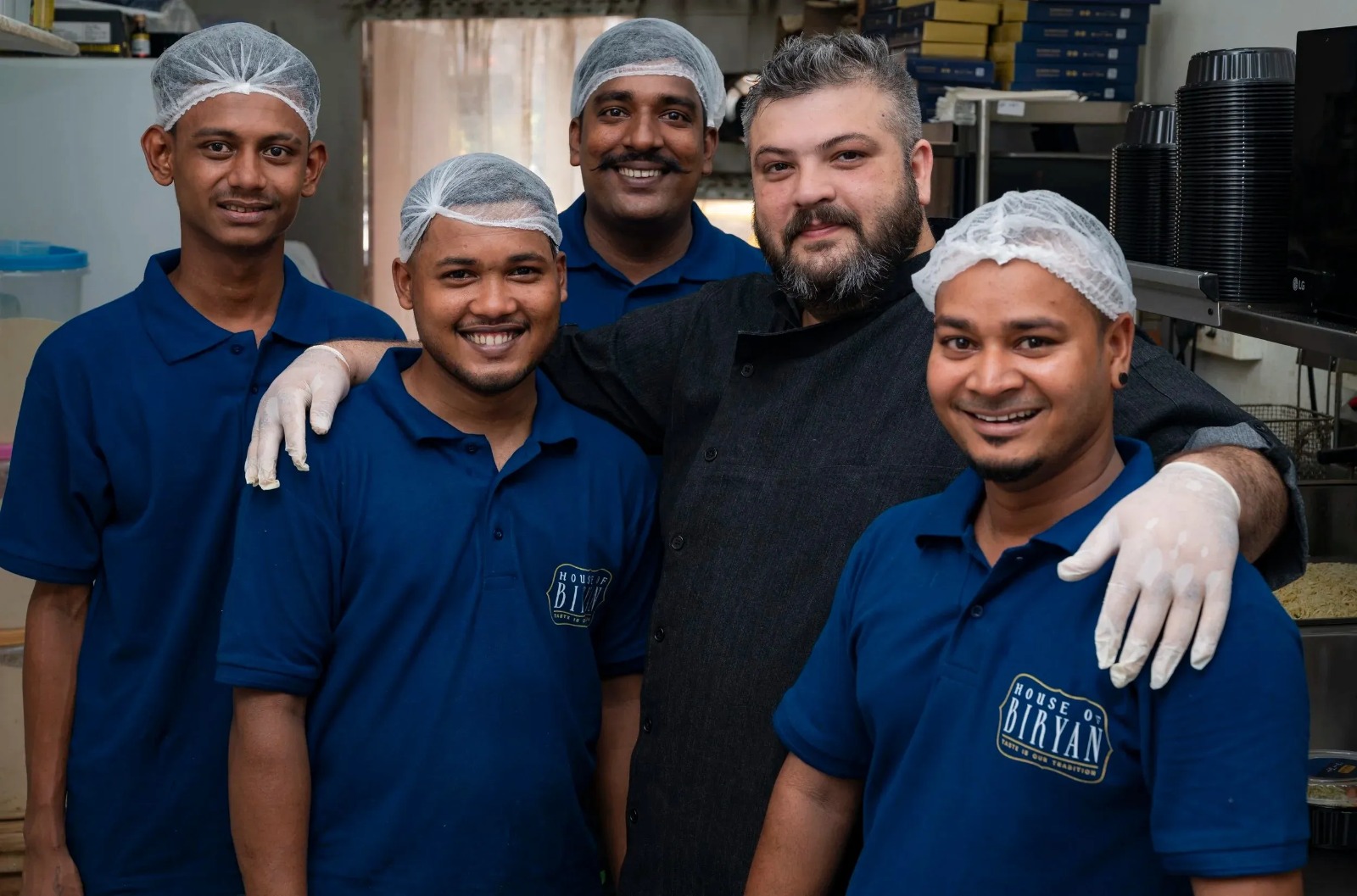
The brand’s current footprint, 22 kitchens across three cities, suggests a playbook that prioritizes standard operating procedures, centralized mise en place, and data-led menu engineering.
The Cloud-Kitchen Playbook: Scale Without Storefronts
What distinguishes House of Biryan from the crowded biryani market is not a single signature style, but an operational thesis. While many legacy players lean on heritage and ambience, Bhol and Shahani are building for speed, reproducibility and brand memory in the notification tray. That means SKU discipline (fewer, better-performing items), rigorous portioning, and packaging that keeps rice aerated and aromatics intact.
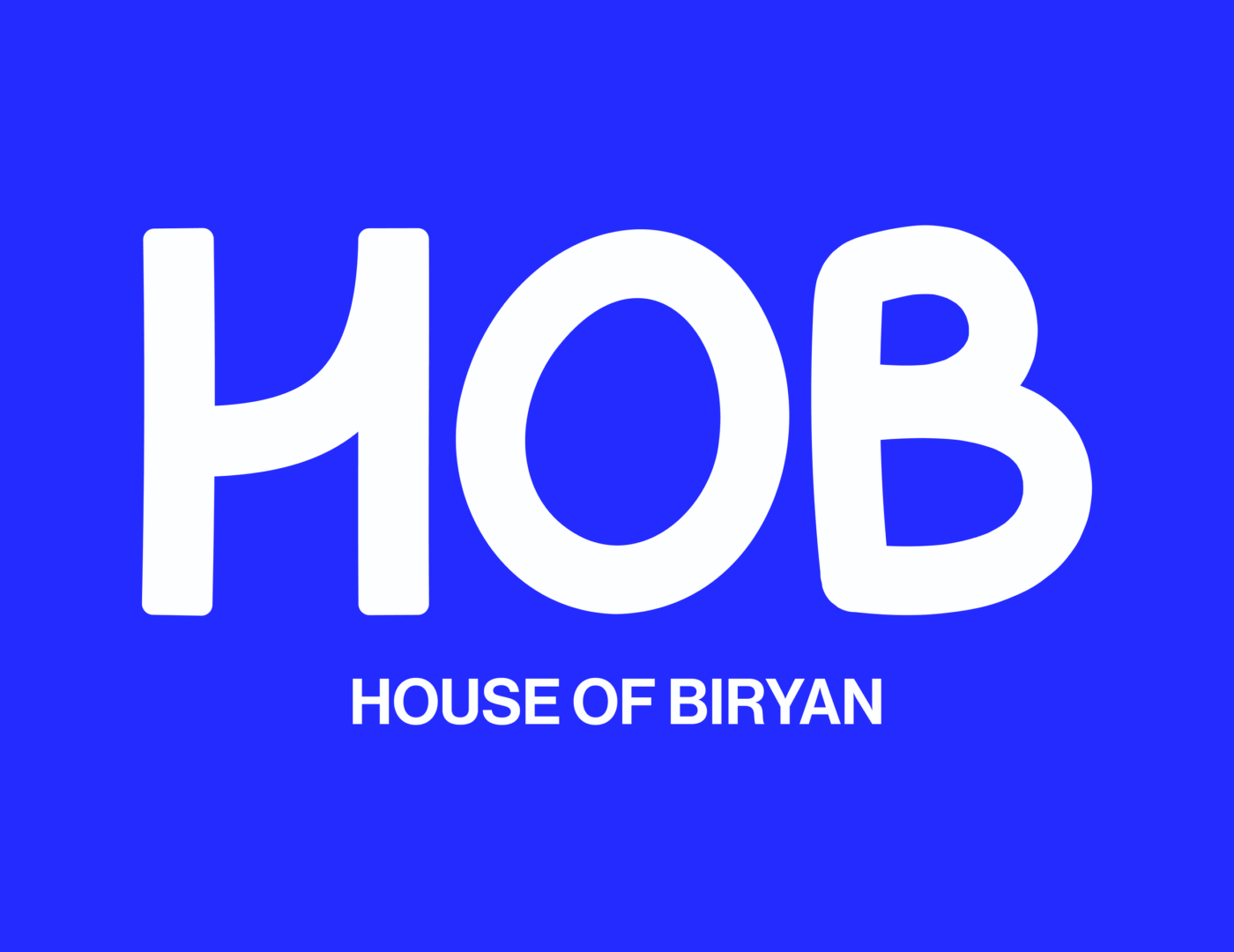
It also means being thoughtful about the unit economics that often trip cloud kitchens: managing aggregator commissions, nudging direct orders through first-party channels, and maintaining kitchen-level contribution margins as the network scales.
Dubai as a Test Kitchen for Global Expansion
The early international step gives House of Biryan a narrative beyond geography, inviting comparisons with the few Indian delivery-first players that have tried to plant flags abroad. It also forces discipline. Cross-border taste calibration isn’t simply “less spice, more kebab”; it is supplier qualification, training for multi-cultural staff, and a compliance stack that can withstand audits. For a 2022-founded company, those are non-trivial capabilities to be building this quickly.
Shahani’s Culinary Discipline: Making Biryani Travel Well
As a culinary lead, Chef Mikhail Shahani’s influence is visible in the way the menu avoids sprawl. Biryani is the hero, supported by kebabs and gravies that travel predictably. The craft challenge is familiar to any chef trying to scale: how to protect the fragrance of long-grain rice, the bite of whole spices, and the balance of fat and acid after a 35-45 minute journey.
House of Biryan’s answer has been to standardize the last mile as carefully as the first, timers, rest periods before packing, and packaging chosen to prevent steam from dulling textures.
Bhol’s Growth Lens: Building a Brand, Not Just Kitchens
Co-founder Mohammed K. Bhol’s imprint is in the brand’s growth logic: a delivery network that behaves like a consumer brand, not merely a chain of kitchens. The strategy is not just about adding kitchens but creating a story around House of Biryan as a go-to biryani brand, much like Behrouz or Biryani by Kilo did before it.
The ₹100 Crore Ambition: Scaling Smart, Not Thin
The 2026 revenue ambition ₹100 crore, implies sustained new kitchen launches or meaningful same-store growth, ideally both. The safer path is densification: adding kitchens to improve delivery times and increase conversion in high-demand pockets, rather than thinly spreading into new cities.
Between October–December 2024 (Q8), House of Biryan reported an EBIT of ₹805,543 from 145,431 orders, working out to an average profit of just ₹5.54 per order. By contrast, in its projections for October–December 2025 (Q12), the brand expects an EBIT of ₹14,335,662 from 250,365 orders, a dramatic improvement to roughly ₹57.26 per order, reflecting stronger unit economics and operational efficiency.
The risk, familiar to any cloud-kitchen brand, is chasing vanity metrics, locations, not loyal customers. Avoiding that trap requires a sharper direct-to-consumer engine: retention programs, CRM cadences around weekends and festivals, and a brand voice that feels consistent whether you see it on a delivery app banner or on a delivery box seal.
Facing the Heat: Competing in India’s Most Crowded Food Market
Competition is intense. Established players, from traditional names like Paradise and Biryani Blues to delivery-native brands have a head start in recall and access to prime aggregator real estate. House of Biryan’s counter is its operations-first discipline and a deliberately contemporary identity that can travel from Andheri to Al Karama without translation.
If it can keep its average order value healthy and repeat rates rising, the brand can deepen moats without over-indexing on discounting.
Beyond Discounts: Winning with Consistency and Memory
There’s also a category tailwind: biryani naturally lends itself to group orders and weekend habits, which can smooth demand volatility. But the same tailwind lifts competitors, so the differentiator must be experience: flavor memory that justifies a second order, unboxing that feels cared-for, and a feedback loop that translates reviews into recipe tweaks, not just marketing copy.
A Startup Still Early, but Thinking Big
House of Biryan is still early. Yet for a brand born in 2022, its three-city, cross-border presence and measured product focus suggest a team making disciplined bets. If the founders can continue balancing culinary authenticity with the demands of delivery scale, they’ll do more than hit a number; they’ll carve out a biryani brand that feels both reliable and alive, one that customers don’t just order, but remember.
Also Read: BharatPe Turns Profitable in FY 2024-25 Under CEO Negi












